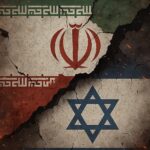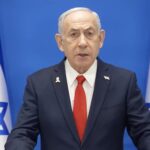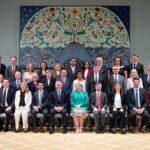The United States President Donald Trump made headlines once again by walking out midway through the 2025 G7 Summit – this time citing the escalating Israel-Iran conflict as justification.
Held in Kananaskis, Alberta, the summit was marked by both breakthrough diplomacy and deepening rifts, particularly between the U.S. and its traditional allies on foreign policy and trade. Canada, as host nation, made a determined effort to manage tensions and steer the agenda toward cooperation.
Despite Trump’s early departure, the summit concluded on a mixed but hopeful note. Canadian Prime Minister Mark Carney expressed satisfaction with Canada’s stewardship of the G7 Presidency.
“In Kananaskis, Canada’s Presidency showed that we’re ready to create new international partnerships, deepen alliances, and lead member nations into a new era of global cooperation. Canada has the resources the world wants and the values to which others aspire. Canada is meeting this moment with purpose and strength,” Carney stated.
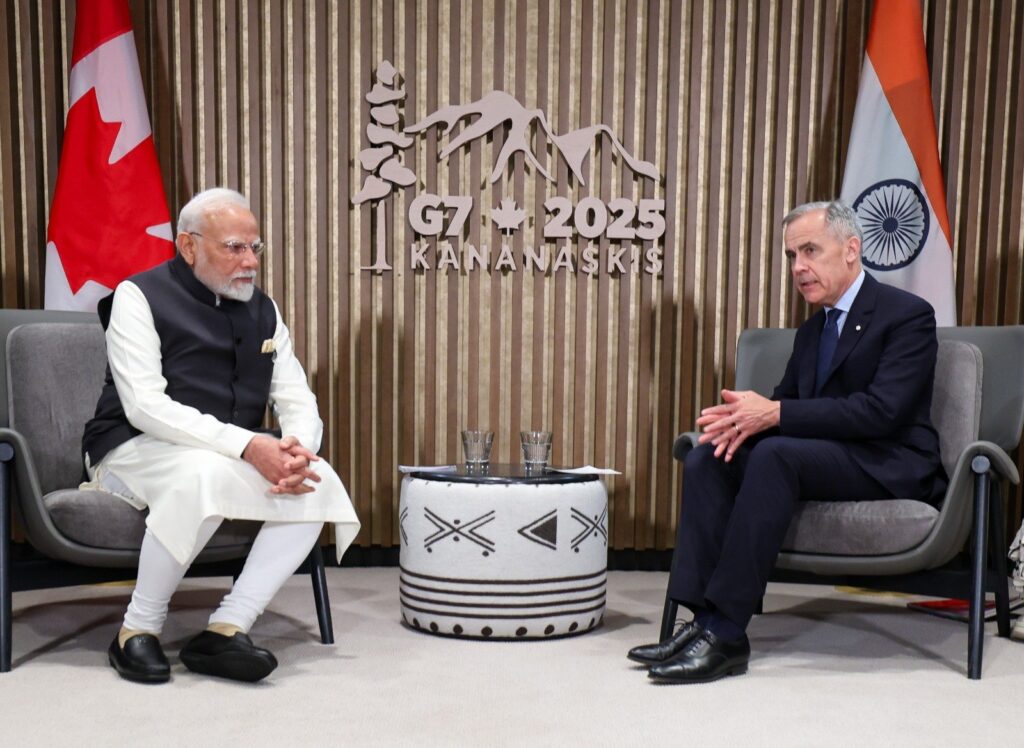
A significant diplomatic breakthrough came as Prime Ministers Carney and Narendra Modi of India met privately following the closing press conference. The two leaders agreed to reappoint High Commissioners to each other’s countries, signaling a thaw in Canada-India relations that had been frozen since 2024.
Both leaders emphasized mutual respect, the rule of law, and a shared commitment to sovereignty and territorial integrity. They also agreed to resume regular consular and trade services for citizens and businesses. Discussions included strengthening ties across the Indo-Pacific, enhancing trade and supply chains, and collaborating on clean energy transitions. Carney highlighted G7 priorities such as tackling transnational crime, safeguarding a rules-based international order, and advancing digital and technological cooperation.
The summit marked the second time in G7 history that a sitting U.S. president left the gathering early. In 2018, Trump had departed abruptly and publicly rebuked then-Canadian Prime Minister Justin Trudeau. This time, however, his exit after the second night’s dinner was less confrontational. “If needed, I might come back,” Trump remarked on his way out.
Canada’s message to the world was clear: in an era of growing geopolitical instability, the need for resilient alliances is greater than ever. As host, Carney sought to position Canada as a leader in shaping global cooperation.
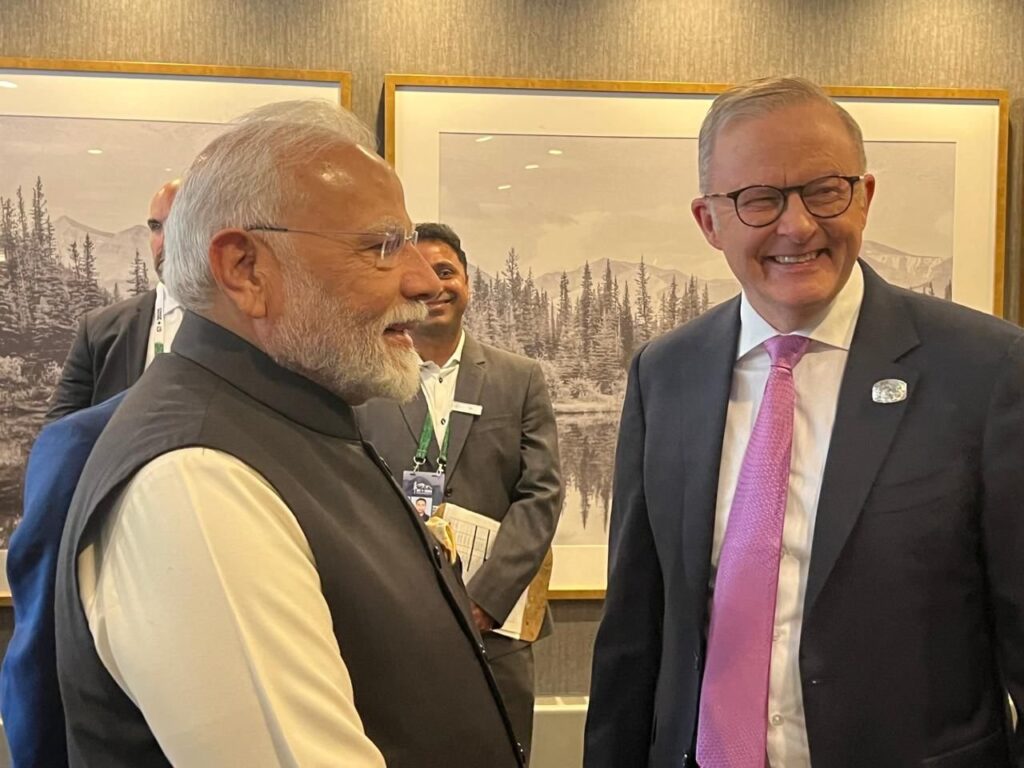
Substantive Agreements and Initiatives
Under Canada’s leadership, the G7 released joint communiqués addressing several critical issues:
- Strengthening critical mineral supply chains
- Developing and sharing artificial intelligence technology
- Advancing collaboration in quantum innovation
- Combating wildfires and enhancing disaster recovery
- Countering foreign interference and transnational repression—especially relevant given recent Canada-India tensions
- Fighting transnational crime, including human trafficking and migrant smuggling
Support for Ukraine remained a top priority. Prime Minister Carney announced:
- New sanctions targeting entities aiding Russia’s war effort
- An additional $2 billion in Canadian military assistance
- A $2.3 billion loan to Ukraine through the G7 Extraordinary Revenue Acceleration Loans mechanism
- $57.4 million in security-related aid
- Carney’s administration also emphasized building stronger global economic systems and international partnerships.
Bilateral Diplomacy and a Packed Schedule
Carney’s schedule over the three-day summit was relentless. From welcoming UK Prime Minister Keir Starmer in Ottawa to hosting a series of bilateral talks with world leaders at the Pomeroy Kananaskis Mountain Lodge, Carney demonstrated diplomatic stamina.
He held meetings with leaders from Australia, South Africa, Germany, the European Union, Japan, France, Italy, NATO, Ukraine, Brazil, South Korea, and Mexico. He also met with UN Secretary-General António Guterres and participated in sessions on economic growth, energy security, digital transitions, and climate resilience.
A Controversial Guest List and a Visible Indian Presence
This year’s summit drew attention for its invitation of outreach leaders, including Indian Prime Minister Narendra Modi and, controversially, Crown Prince Mohammed bin Salman of Saudi Arabia – who ultimately did not attend.
Upon arrival in Calgary, international leaders were welcomed by Alberta Premier Danielle Smith, Calgary Mayor Jyoti Gondek (the first woman of Indian origin to hold the office), and First Nations representatives. Mayor Gondek’s role symbolized the multicultural character of Canada’s G7 hosting.
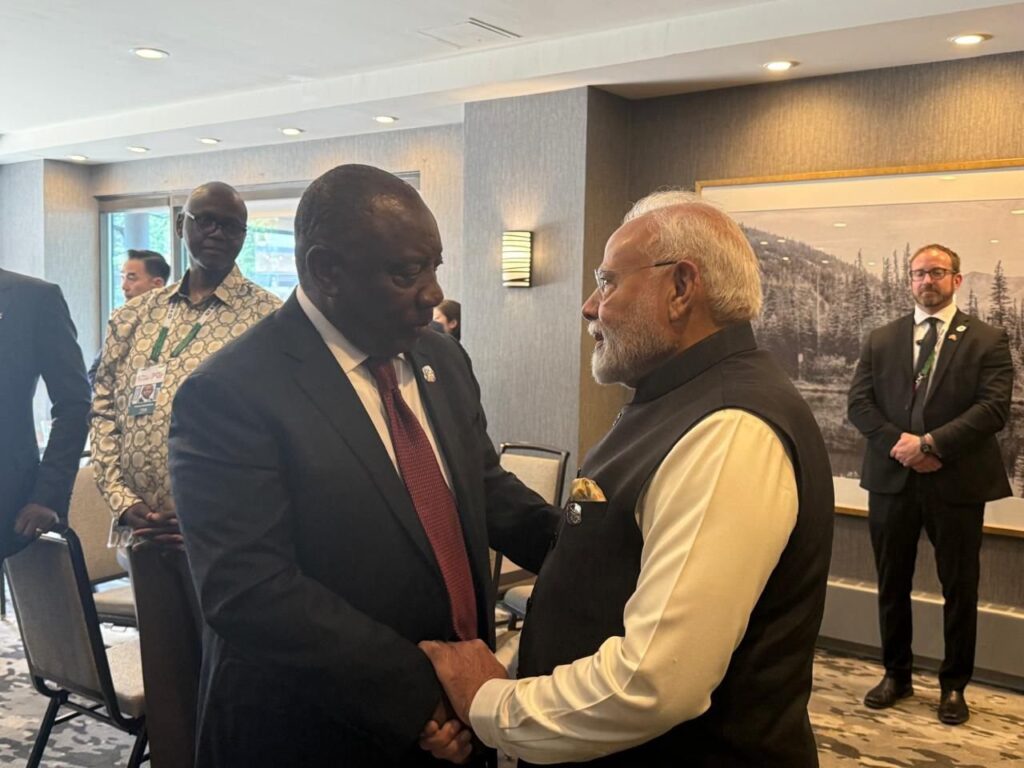
Indian representation extended beyond PM Modi. Ajay Banga, President of the World Bank and a prominent figure in international finance, was present. Superintendent Joe Brar, another member of the Indian diaspora, held a key security position during the summit.
Protests, Processions, and Public Outcry
Outside the summit, Calgary witnessed numerous protests. Demonstrators rallied around diverse causes – ranging from Indigenous water rights and the Kashmir conflict to opposition to violence in Ethiopia’s Amhara region. Pro-Palestinian protestors blocked downtown roads, while Khalistani supporters held a high-profile procession. Both Trump and Modi were frequent targets of protest signage and chants.
Energy Security and Critical Minerals Take Center Stage
One of the defining themes of the summit was energy security, particularly the need to secure critical minerals essential for energy transitions and battery storage technology. Carney positioned this issue as a cornerstone of the G7 agenda, reflecting both environmental urgency and economic strategy.
The discussions built on concerns about long-term access to resources needed for electric vehicles, clean energy infrastructure, and future technological innovation. G7 nations reaffirmed their commitment to working together on sustainable sourcing, ethical mining practices, and resilient global supply chains.
Middle East Tensions and a Joint G7 Statement
German Chancellor Friedrich Merz had signaled ahead of the summit that the Israel-Iran conflict would be high on the agenda. As anticipated, the G7 leaders issued a joint statement that reaffirmed Israel’s right to self-defense while urging de-escalation and emphasizing Iran’s destabilizing role in the region.
“We, the leaders of the G7, reiterate our commitment to peace and stability in the Middle East. Israel has a right to defend itself. Iran is the principal source of regional instability and terror. We have been clear that Iran must never possess nuclear weapons,” the statement read. It also called for a ceasefire in Gaza and pledged readiness to stabilize energy markets if disruptions occur.
Looking Ahead
The 2025 G7 Summit underscored both the opportunities and challenges of contemporary global leadership. While sharp divisions – especially involving the United States – persist, the summit also spotlighted Canada’s capacity to broker dialogue and build bridges.
With a newly minted prime minister navigating his first major international test, Mark Carney emerged with a reputation for calm diplomacy, strategic clarity, and forward-looking leadership. His ability to engage global leaders across diverse issues, manage diplomatic tension, and push a progressive agenda has reset Canada’s standing on the world stage.
As new High Commissioners take their posts in New Delhi and Ottawa, and the G7 pursues its goals of stability, economic growth, and innovation, the world watches closely to see if these commitments will hold beyond the summit’s photo ops.




